The Causes of Down Syndrome During Pregnancy and How to Test for It
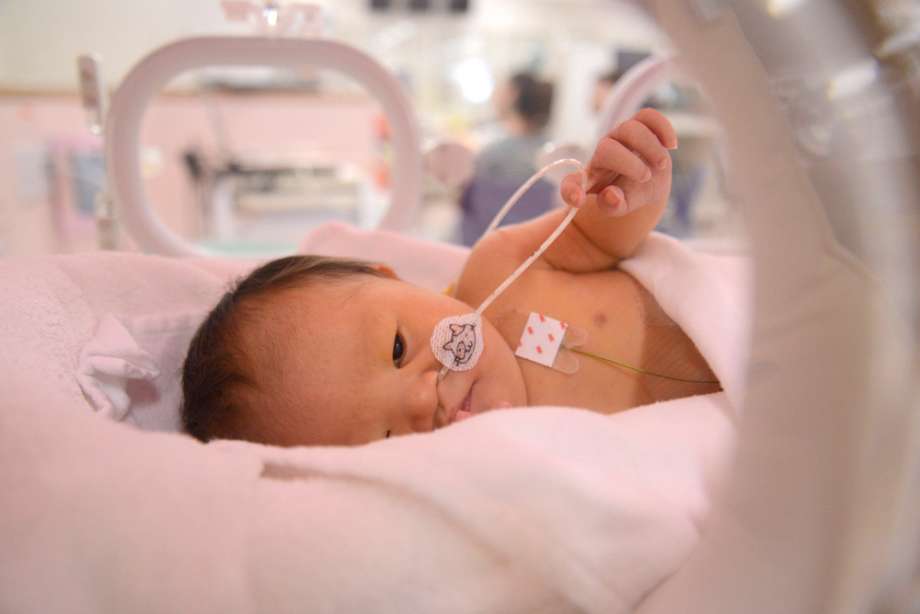
You may have heard about genetic testing for Down Syndrome during pregnancy. But what exactly is Down Syndrome? What are your chances of birthing a baby with this condition? Researchers do not know a lot about what causes Down Syndrome, but they do know a lot about how it works. There is also a lot of knowledge out there about some specific risk factors that increase your chances of having a baby with Down Syndrome.
More: Screening Tests During Pregnancy
What do I know about all of this? As an elementary teacher, I once had a young boy with Down Syndrome integrated into my mainstream classroom. At the start of our time together, I did not have an assistant teacher to support him, so that responsibility fell to me. I took it upon myself to research and develop a project that helped the neurotypical children in my class understand Down Syndrome and how to get along together and welcome this boy into our class.
Along with my specific research into Down Syndrome, I also have a background in Genetics. I have researched this subject in-depth and I have taught basic courses in Genetics. Additionally, I have studied and written specifically about genetic screening for Down Syndrome.
First I will explain to you what Down Syndrome is. Next, we will move onto discuss maternal risk factors. Lastly, I will go over the types of screening available and any possible risks they include.
What is Down Syndrome?
Down Syndrome is something that people are born with. For every 800 babies born, one will have Down Syndrome. The condition is named after Dr. Down, who noticed that certain kids with learning problems also had other similarities, including how they looked. Down Syndrome affects how people grow and how they learn, including the way they act with other people.
Chromosomes and How They Work
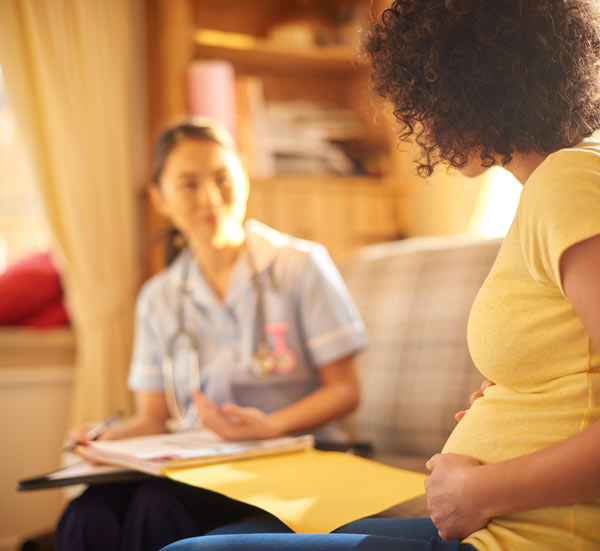
To understand Down Syndrome, you first have to learn what chromosomes are. Chromosomes exist inside the body’s cells. They are codes that tell the body how to grow. These codes control everything from the color of a person’s hair, to whether they are a boy or a girl.
Chromosomes start working before a baby is even born, as it develops in the womb. They are there from the time a human is composed of only one cell. As the baby grows, it is composed of many, many more cells, but inside every cell exists the same set of chromosomes.
In every cell, a person has 46 chromosomes (with the exception of sperm and egg cells, which have 23 each so that a new baby will receive 46 total). Everyone has their own unique code. That’s why we all look different. The only people who have the same code are identical twins, and that is why they look the same.
All of us generally receive 23 chromosomes from our mother and 23 from our father. Each of them can be identified. They have names like Chromosome 1, Chromosome 2, Chromosome 3, all the way to Chromosome 23. Generally, we all have two of each chromosome, after receiving one of each from each parent. This also explains why you might look a little like one or both of your parents.
People with Down Syndrome Have an Extra Chromosome
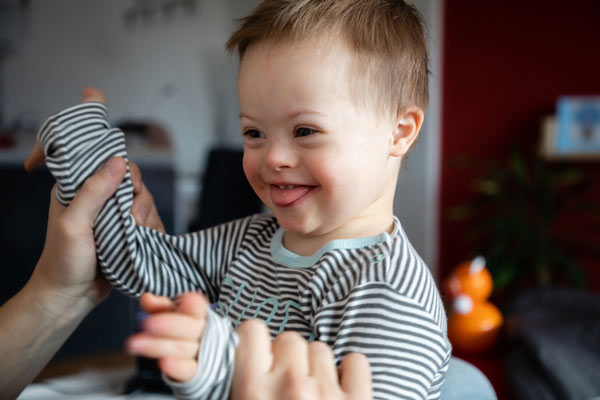
There’s something different about the chromosomes in people with Down Syndrome. These people have three copies of Chromosomes 21. This is why Down Syndrome is also called Trisomy 21. They have two of all the rest, but the codes in the extra Chromosome 21 make a difference in how their body’s grow. They also make them learn and act differently.
Various mutations can occur in the number of chromosomes a child receives from their parents. In the case of Down Syndrome, the child receives an extra of Chromosome 21, for a total of three. In the case of Trisomy 18, there are three sets of Chromosome 18. Mutations in the number of chromosomes (either more or less) will affect the way the baby grows and learns. People who share the same variance in chromosomes will display similar traits. For example, people with Down Syndrome have low muscle tone, an upward slant to the eyes, and delayed language development, among other things.
Maternal Risk Factors for Down Syndrome
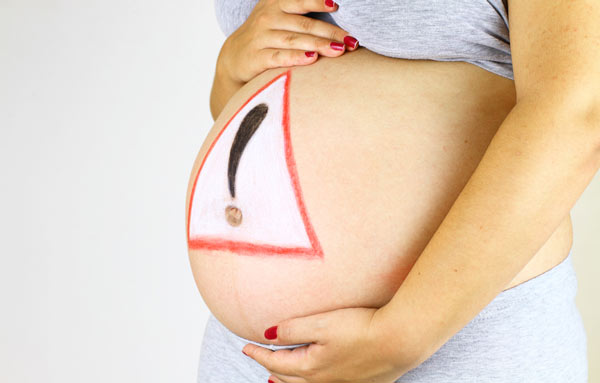
Not much is known about why some children are born with Down Syndrome and others are not. There is no specific race or economic background where it is more common. Although Down Syndrome occurs at the genetic level, it is not necessarily hereditary: you will not usually see family background that predicts its occurrence.
There is, however, a key risk factor. Maternal age is the single most decisive factor in how likely it is to birth a child with Down Syndrome. It can happen at any age, but the older a mother gets, it becomes much more probable. In fact, as maternal age rises, the likelihood of the condition increases quite sharply.
According to the National Down Syndrome Society, the risk factors based on maternal age are as follows:
25 years old—1 in 1,200
35 years old—1 in 350
40 years old—1 in 100
49 years old—1 in 10
Genetic Screening for Down Syndrome
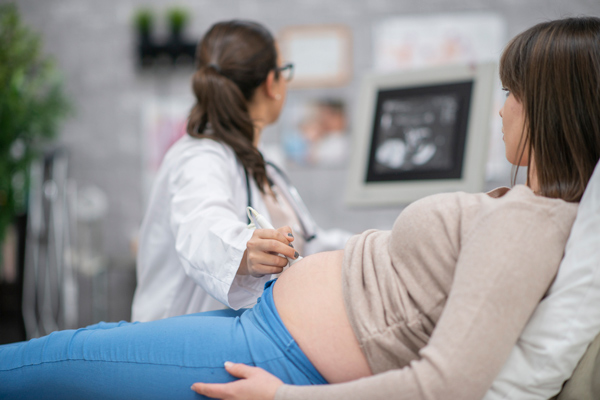
The American College of Obstetrics and Gynecology recommends that all expecting women be offered prenatal genetic screening. It is not compulsory and can be refused, but it remains an option for any age. Previously, only women over 35 were offered screening.
First Trimester screening uses a combination of factors (a blood test and an ultrasound) to assess your baby's risk for certain chromosomal abnormalities. The screen is generally understood to check for Trisomy 21 (Down Syndrome), but it also checks for another abnormality called Trisomy 18.
A screening test provides you with a chance of having a child with a chromosomal abnormality. It will not tell you if your baby has or does not have a chromosomal abnormality. It is important to understand that screening is not diagnosis. It's possible to be considered high risk and have a completely normal baby, and it's possible to be considered low risk and have a baby with an abnormality.
Further Testing for Down Syndrome
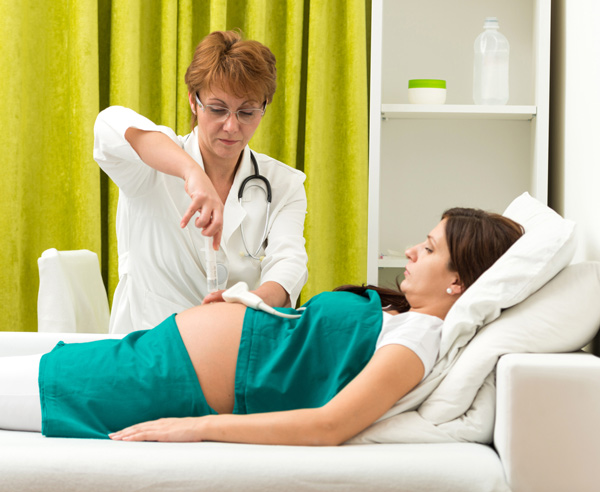
If your screening indicates a high risk of having a baby with chromosomal abnormalities, an amniocentesis will be recommended. An amniocentesis will give you a diagnosis of whether or not your baby has Down Syndrome or chromosomal abnormality. The amniocentesis consists of extracting a small amount of amniotic fluid from your womb by sending a very thin needle through the skin. The amniotic fluid contains fetal DNA, which is where the baby's chromosomes can be found.
It is important to note that an amniocentesis does pose a potential danger to the baby. The possibility of miscarriage after amniocentesis is about 1 in 200, or even less. It's a fairly small chance, but it is there.
How to Prep for Screening for Down Syndrome

One important reason mothers may choose to screen for chromosomal abnormality is so that they can prepare themselves both emotionally and practically for the experience of raising a baby with certain challenges. Educating oneself and processing the shock (and even grief) that comes with learning that your child won't be as you imagined can be very helpful. Here's a thought—if your risk is high, you could learn something about Down Syndrome just in case, or maybe do the screening even if you're not particularly older. Then if you find out you have a higher chance than you thought, but you're not comfortable with amniocentesis, you can still learn a few things that could help if your baby is born with it.
Don't have time to read now? Pin it for later:
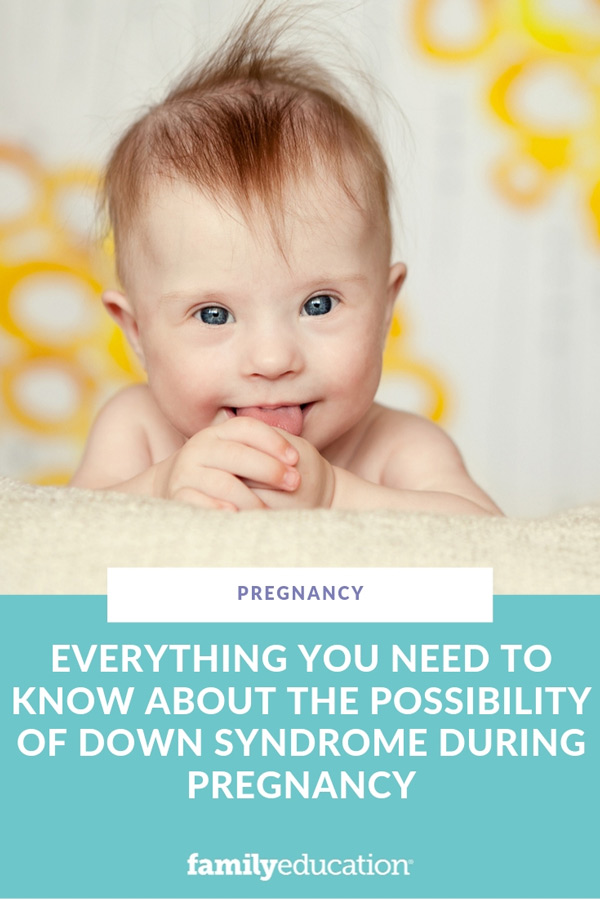
Are you having a geriatric pregnancy? Here’s what you really need to know about the risk.

